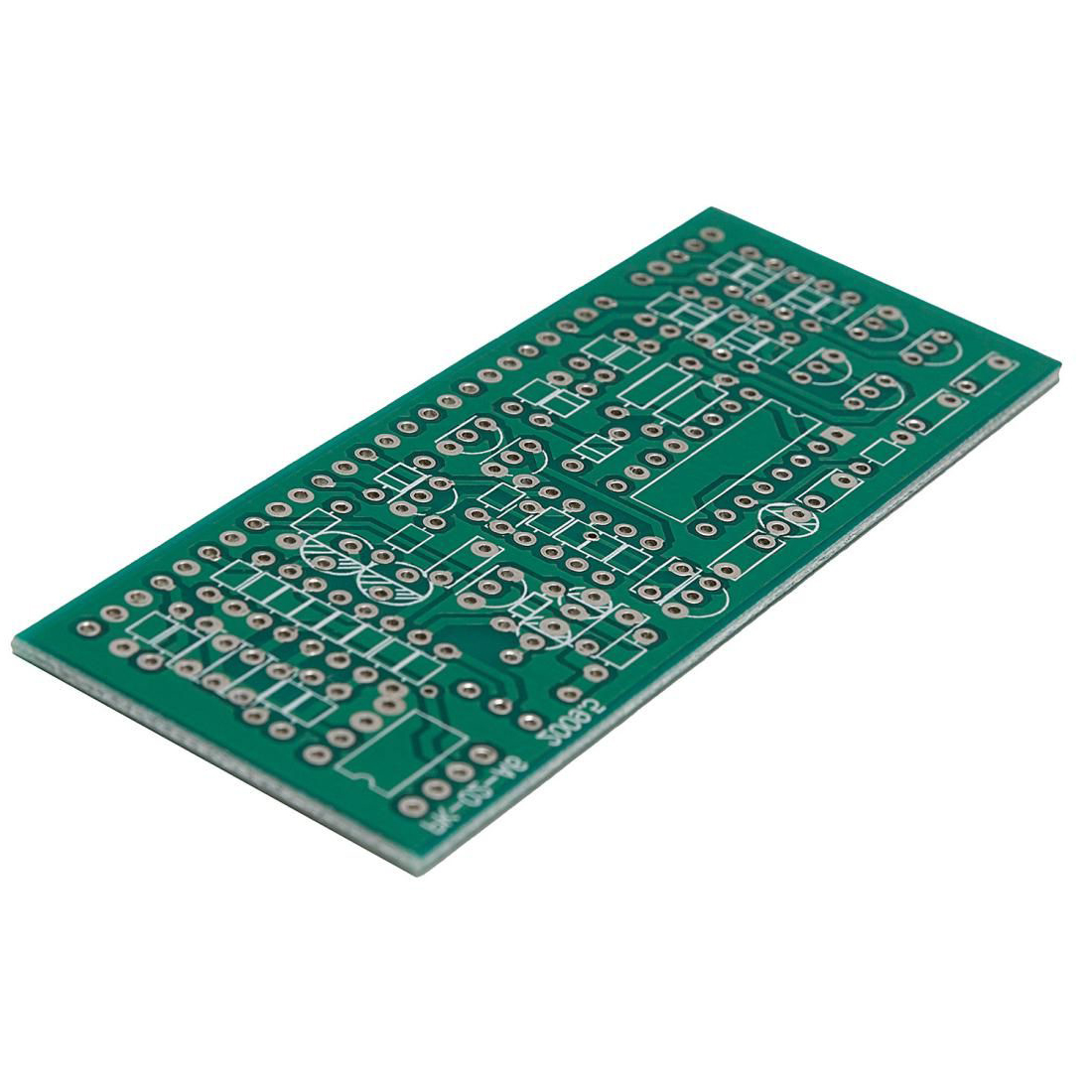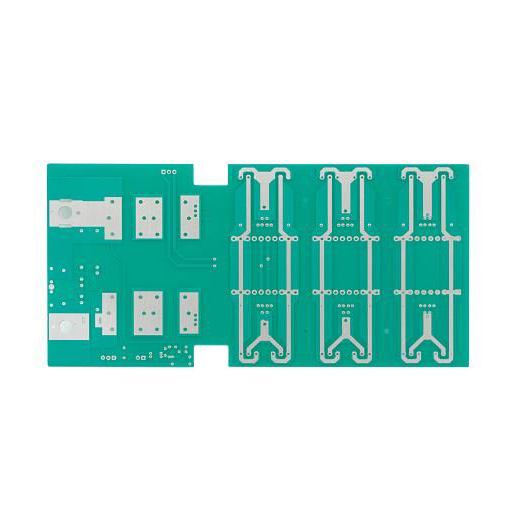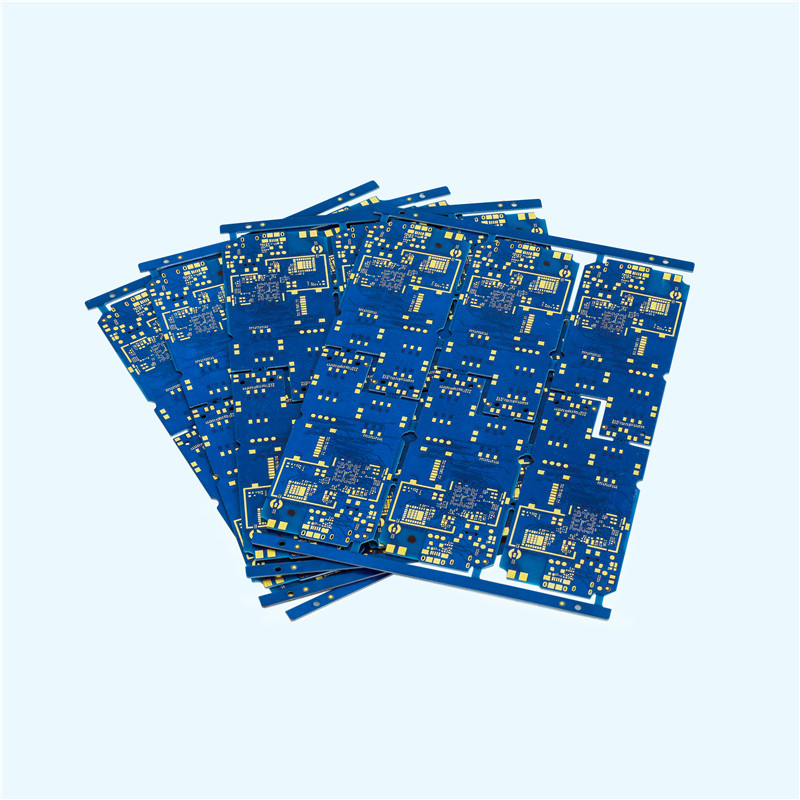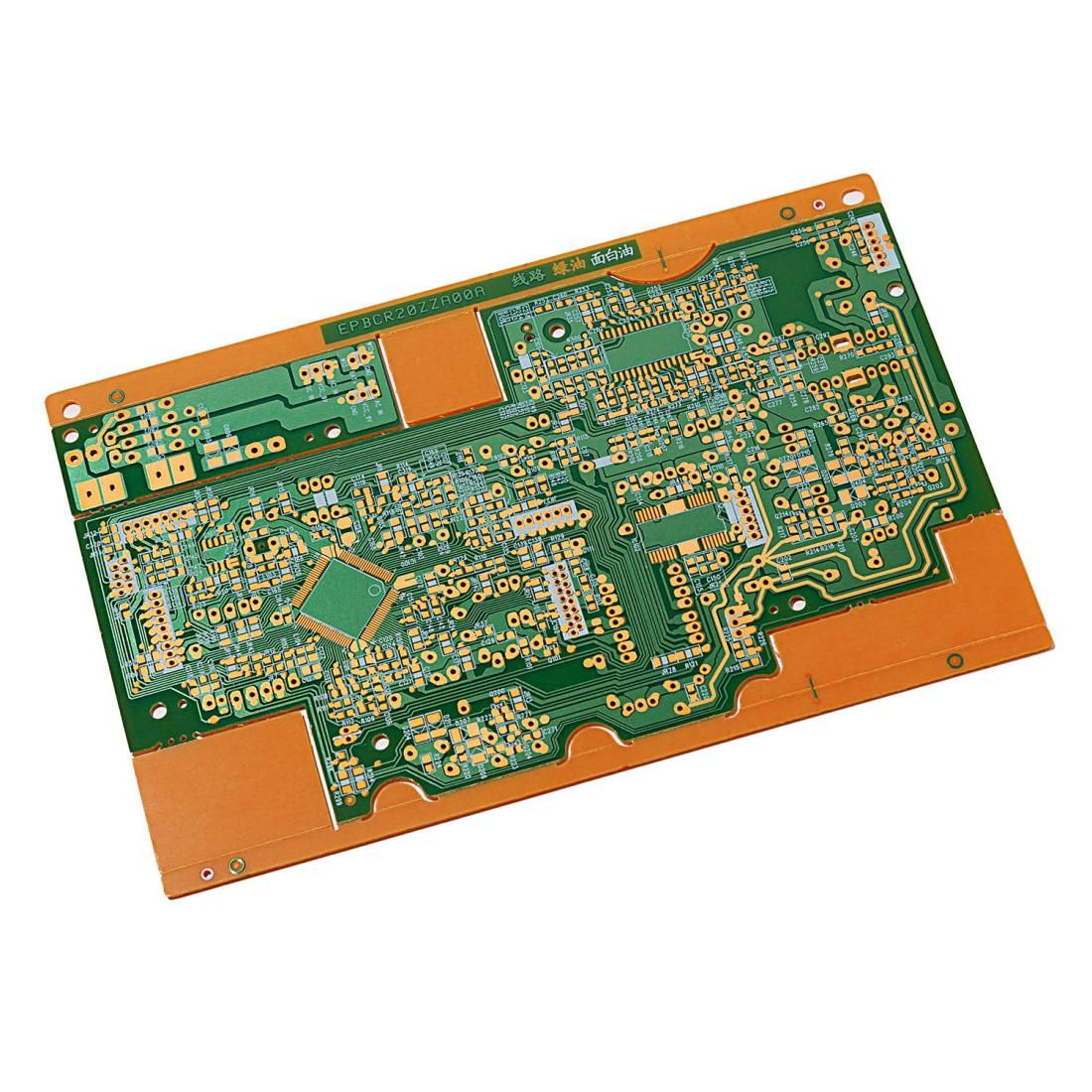Rigid Flex Printed Circuit Boards
product application
Common applications of rigid flexible combination PCB and semi flexible PCB design
product parameters
|
Feature |
AREX´s technical specification |
|
Number of layers |
1 – 12 layers, with 1 – 2 conductive layers in bending area. |
|
Technology highlights |
The process uses controlled depth routing of the FR-4 to achieve a flexible / bending section within a traditionally rigid FR-4. Only suitable for static operations – bends typically just for installation. A lower cost solution for some very specific “flex-to-fit”applications. |
|
Bending performance |
50 x bend cycles of 0° – 90° – 0° |
|
Bend features |
5mm radius / max bending angle 90° |
|
Materials |
Specialized FR-4 for static flex applications |
|
Copper weights (finished) |
35μm |
|
Minimum track and gap |
0.075mm / 0.075mm |
|
PCB thickness |
1.00mm – 2.00mm |
|
PCB thickness in flex section |
0.25mm ± 0.05mm |
|
Maxmimum dimensions |
538mm x 610mm |
|
Surface finishes available |
HASL (SnPb), LF HASL (SnNiCu), OSP, ENIG, Immersion tin, Immersion silver, Electrolytic gold, Gold fingers |
|
Minimum mechanical drill |
0.20mm |
|
Minimum laser drill |
0.10mm standard, 0.075mm advanced |










